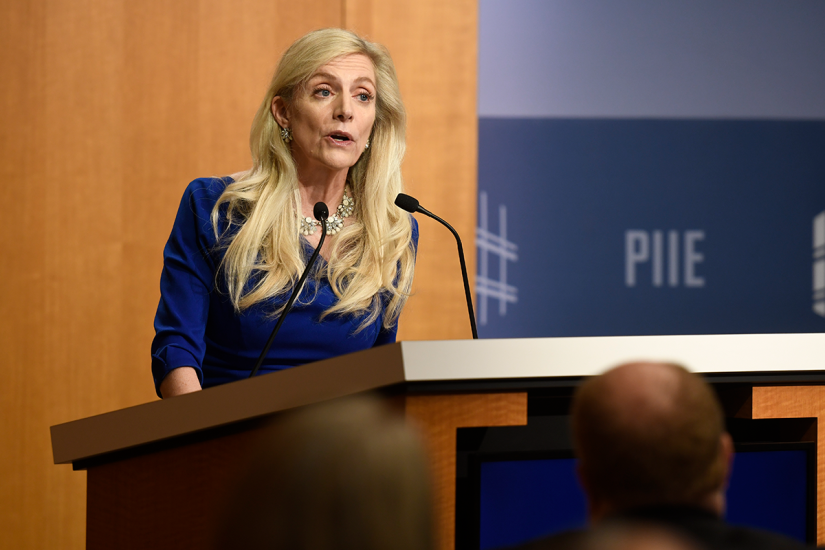When Vice Chair Lael Brainard
On Tuesday, the White House announced that Brainard would become its next director of the National Economic Council. That same afternoon, she submitted her resignation from the Fed board, effective on or around Feb 20.
Technically, the role of vice chair carries no special duties beyond assuming leadership responsibilities when the chair is absent. But, during the past nine years — the longest tenure by a nonchair in two decades — Brainard has carved out a distinctive sphere of influence on the board of governors, including on matters of payments, research and financial stability.
She leads four of its eight committees and has, on multiple occasions, been the senior ranking economist on those committees — a byproduct of Chair Jerome Powell's background as a lawyer and investment banker, as well as the long stretches of time when there were multiple vacancies on the Fed board.
Following the departure of former Chair Janet Yellen in February 2018, Brainard was the only Ph.D. economist on the board for several months, until Richard Clarida was confirmed as vice chair that September. Before Christopher Waller joined the board in December 2020, lawyers outnumbered economists on the board 3-2. Also, until Michael Barr was sworn in as the Fed's vice chair for supervision last July, Brainard had not served on a full seven-member board.
Though she only became vice chair last May, Brainard's standing as the sole Democrat-appointed governor during much of the Trump administration gave her an elevated profile. While she had just one vote on policy matters, she
More recently, she has been among the more dovish voices on the Federal Open Market Committee. While she supported every interest rate increase enacted by the Fed last year, she
"I do think Brainard was an important voice on monetary policy, generally more dovish than Chair Jay Powell," said David Wessel, a senior fellow in economic studies at the Brookings Institution and director of the Hutchins Center on Fiscal and Monetary Policy. "Until her successor is nominated and confirmed, her departure makes the FOMC slightly more hawkish."
Below are the other ways in which Brainard's departure will likely affect the board, the various initiatives in her portfolio and her own trajectory in government.











